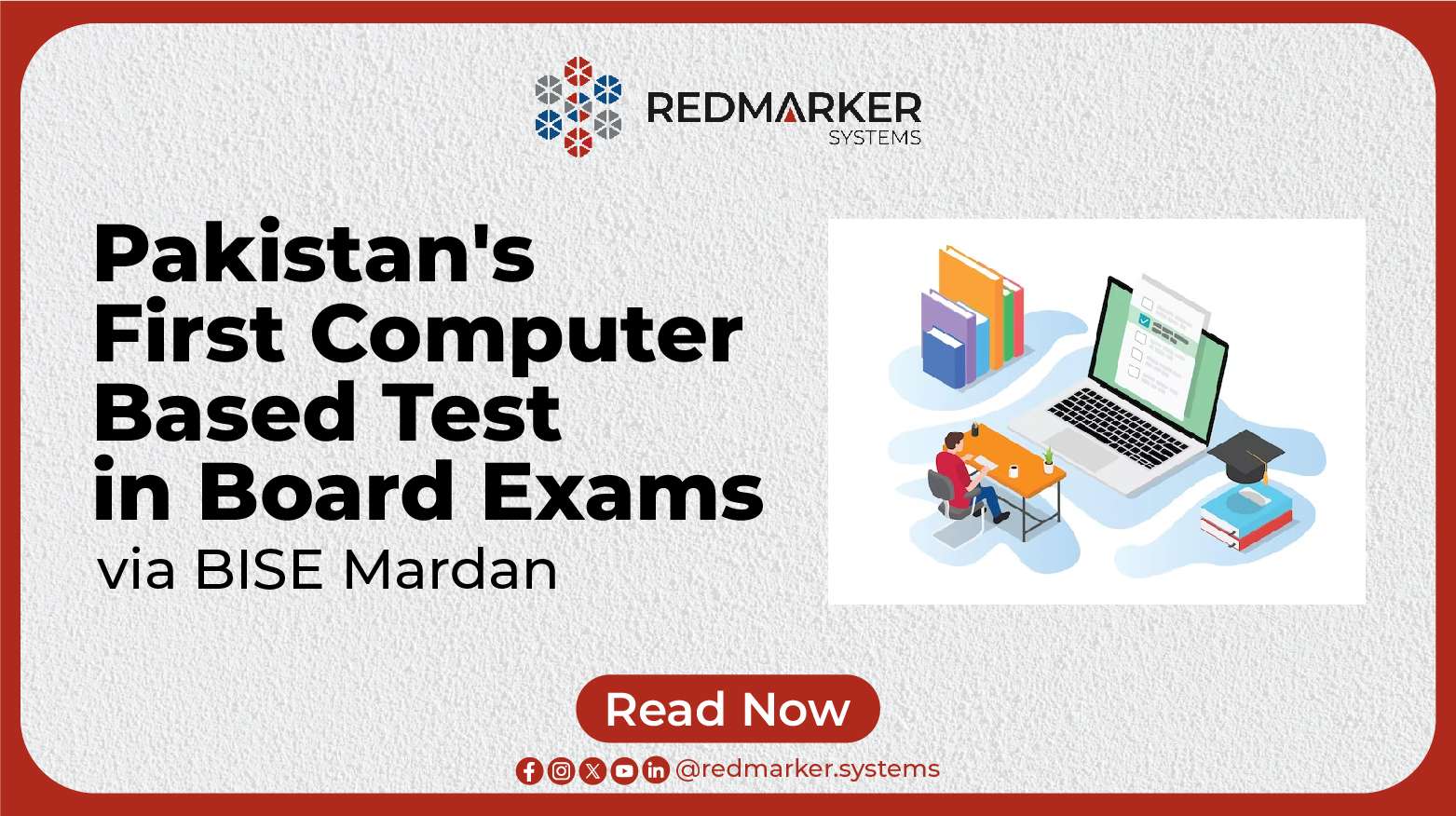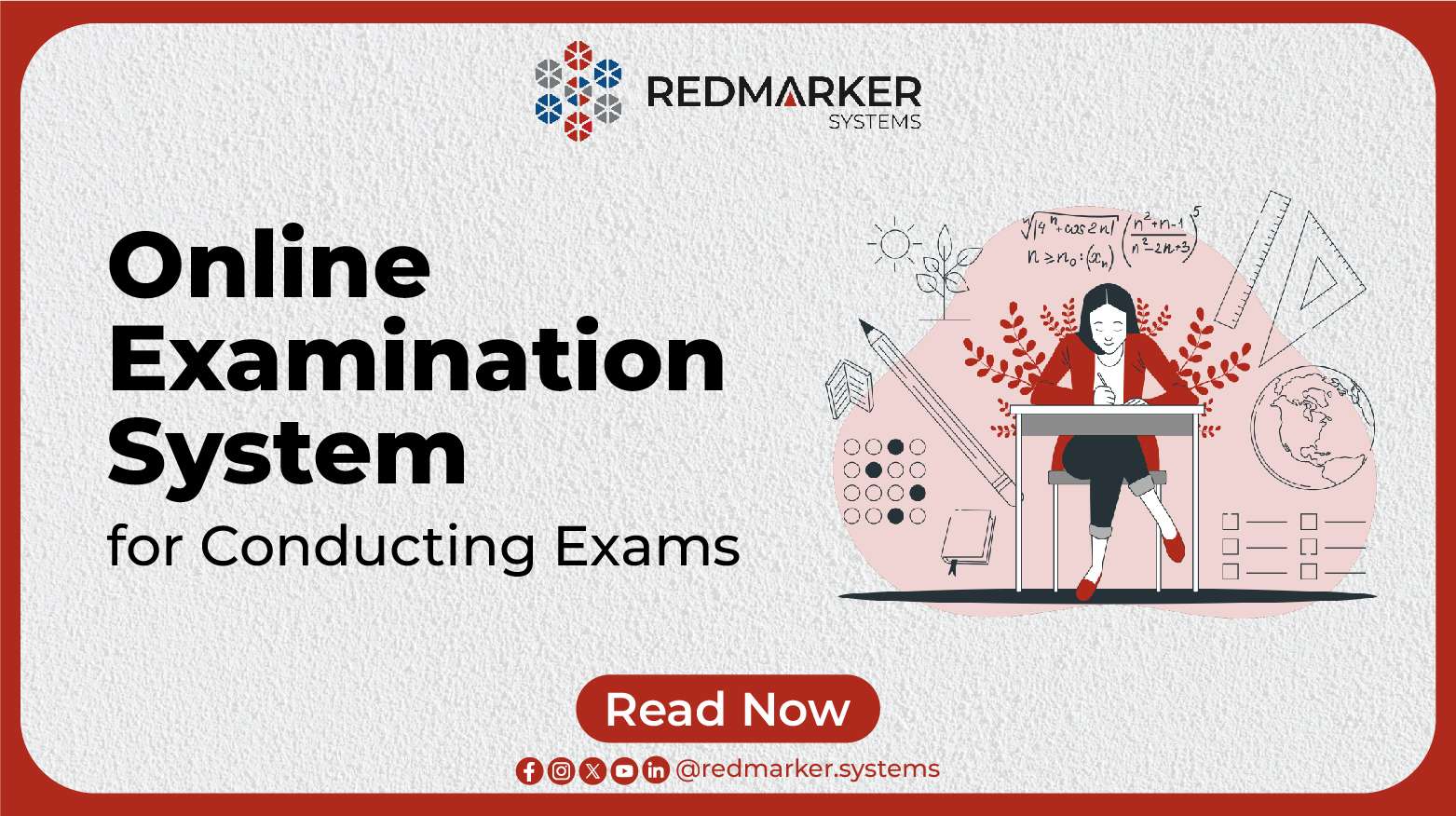Exam Proctoring: 10 Ways to Secure Remote Proctored Online Exams
In the ever-evolving landscape of education, online learning has surged to the forefront. With this shift comes the challenge of maintaining the integrity of examinations, which is where exam proctoring plays a pivotal role. In this comprehensive guide, we’ll delve into the world of exam proctoring, specifically focusing on securing remote proctored online exams. We’ll explore the need for secure online exams, various methods of remote proctoring, and, most importantly, provide you with ten effective ways to ensure the security of your online assessments. Let’s embark on this journey to safeguard the credibility of your remote exams.
What is Exam Proctoring?
To conduct a secure online exam, it’s crucial to start with a clear understanding of exam proctoring. Exam proctoring is a process that involves monitoring and supervising an examination to prevent cheating and ensure fairness. In the context of secure remote proctored online exams, this can be done using various technological methods.
Why Is Exam Proctoring Necessary?
Maintaining the credibility and fairness of exams is vital in the education system. Here’s why secure online exams and proctoring are necessary:
Upholding Educational Honesty: Secure online exams ensure that students are evaluated based on their knowledge and skills, not on dishonest practices.
Adapting to Modern Learning: With the rise of online education, there’s an increased need for secure proctoring to maintain the integrity of assessments in the digital age.
Types of Exam Proctoring
To secure remote proctored online exams effectively, you need to understand the various types of exam proctoring methods available. Let’s explore three main categories:
1. In-Person Proctoring
Traditionally, in-person proctoring involved a human proctor physically present during an exam. While this method is effective, it may not be suitable for remote online exams.
2. Remote Proctoring
Remote proctoring, as the name suggests, allows exams to be monitored remotely. It involves using technology to observe and record a student’s behavior during the exam.
3. Automated Proctoring
Automated proctoring relies on artificial intelligence (AI) and machine learning algorithms to monitor online exams. It can detect suspicious activities and alert administrators.
Benefits of Secure Online Exams
Before delving into the ways to secure remote proctored online exams, it’s essential to highlight the benefits of this approach:
Maintaining Academic Integrity: Secure online exams uphold the highest standards of academic honesty, ensuring that students are assessed fairly.
Convenience for Online Learners: Remote proctoring offers flexibility for students to take exams from the comfort of their homes while maintaining security.
Cost-Efficiency: Implementing secure online exams can be cost-effective in the long run, reducing the need for physical exam venues.
Challenges and Concerns
While secure online exams are crucial, they come with their share of challenges and concerns. These include:
Privacy Issues: Protecting students’ personal data is paramount. Ensure that your proctoring solution adheres to privacy regulations.
Technical Glitches: Technical issues during exams can disrupt the process. It’s essential to have a robust support system in place.
False Positives: Automated proctoring systems may sometimes flag legitimate actions as cheating. Fine-tuning these systems is crucial to minimize false alarms.
How Does Exam Proctoring Work?
To conduct a secure online exam, it’s essential to understand how online exam proctoring works. The process typically involves:
Authentication: Verify the identity of the student using secure methods, such as biometric authentication or secure login credentials.
Monitoring: Continuously monitor the student’s actions during the exam, including their screen, webcam, and microphone.
Suspicious Activity Detection: Use AI algorithms to identify suspicious behavior, such as looking away from the screen or attempting to access unauthorized resources.
Alerts and Reporting: In case of suspicious activity, the system generates alerts and reports for review by administrators.
Tips for Secure Remote Proctored Online Exams
Now that we’ve established the importance of secure online exams and how exam proctoring works, let’s dive into ten effective ways to secure remote proctored online exams:
1. Choose the Right Proctoring Solution
Select a reputable and reliable proctoring solution that aligns with your institution’s needs and budget. Ensure it offers secure authentication and monitoring features.
2. Communicate Expectations
Clearly communicate the rules and expectations to students before the exam. Make them aware of the proctoring process and the consequences of cheating.
3. Conduct Practice Tests
Before the actual exam, provide students with the opportunity to take practice tests. This familiarizes them with the proctoring software and reduces anxiety.
4. Secure Internet and Device
Ensure that students have a stable internet connection and a secure device. They should use a supported browser and disable any unnecessary extensions.
5. Set Up a Secure Environment
Instruct students to choose a quiet, well-lit, and distraction-free space for the exam. Background noise and interruptions can trigger false alarms.
6. Verify Identity
Implement multi-factor authentication to verify the identity of the student. This may include biometric authentication, such as fingerprint or facial recognition.
7. Randomize Questions
To prevent cheating, randomize the order of questions and answer choices for each student. This reduces the likelihood of students sharing answers.
8. Monitor Behavior
Use AI-driven proctoring software to monitor student behavior. This includes tracking eye movements, keyboard activity, and background applications.
9. Real-Time Alerts
Set up real-time alerts for suspicious behavior. Proctoring software should notify administrators immediately when unusual activity is detected.
10. Review and Address Violations
After the exam, review any flagged incidents carefully. Investigate potential violations and take appropriate actions, such as invalidating the exam or issuing warnings.
Future Trends in Secure Online Exams
As technology continues to evolve, the field of secure online exams and exam proctoring is also expected to change. Here are some future trends to keep an eye on:
AI for Behavior Analysis: Advanced AI algorithms will become more adept at detecting cheating behaviors, improving the accuracy of proctoring systems.
Biometric Authentication: Biometric methods like facial recognition and fingerprint scans will enhance identity verification.
Improved Remote Proctoring Solutions: Remote proctoring tools will become more user-friendly and offer enhanced features for both students and administrators.
Conclusion
Securing remote proctored online exams is essential to maintain the integrity of assessments in the digital age. By understanding the basics of exam proctoring, addressing challenges, and implementing the ten effective security measures discussed, educational institutions can conduct secure online exams with confidence.
FAQs About Exam Proctoring
Let’s address some common questions regarding exam proctoring:
1. What is the primary purpose of exam proctoring?
The primary purpose of exam proctoring is to prevent cheating and maintain the integrity of examinations.
2. How does remote proctoring work?
Remote proctoring involves using technology to monitor and supervise exams taken by students remotely, typically from their own homes.
3. Are there any privacy concerns with exam proctoring?
Yes, privacy concerns can arise with exam proctoring, especially when using automated or remote methods. It’s essential to address these concerns while implementing proctoring solutions.
4. What are false positives in exam proctoring?
False positives occur when the proctoring system incorrectly identifies a legitimate action as cheating. This can be a challenge in automated proctoring systems.
5. What are some emerging trends in exam proctoring technology?
Emerging trends in exam proctoring technology include the use of AI for behavior analysis, biometric authentication, and improved remote proctoring solutions to make exams more secure and user-friendly.


